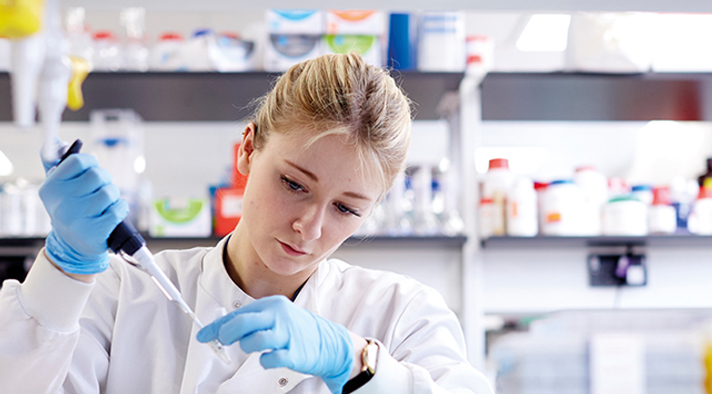Root resorption, primarily seen as External Apical Root Resorption (EARR), is a notable issue in orthodontics. Several factors contribute to this condition, including the magnitude and type of orthodontic forces, the patient's age, genetic predispositions, and the kind of orthodontic appliances used. Both fixed orthodontic treatments (FOT) and clear aligner treatments (CAT) can lead to varying degrees of root resorption, with CAT potentially causing milder root shortening due to more controlled force application. Early detection of root resorption is vital for preventing further damage, making regular radiographic monitoring and informed consent essential. Despite advancements in orthodontic techniques, determining the optimal force to move teeth without causing root resorption remains unresolved, highlighting the need for further research to improve patient outcomes.
ISSN: 2582-6425
Peer Review and Open Access Journal
Impact factor and Indexing Journal




